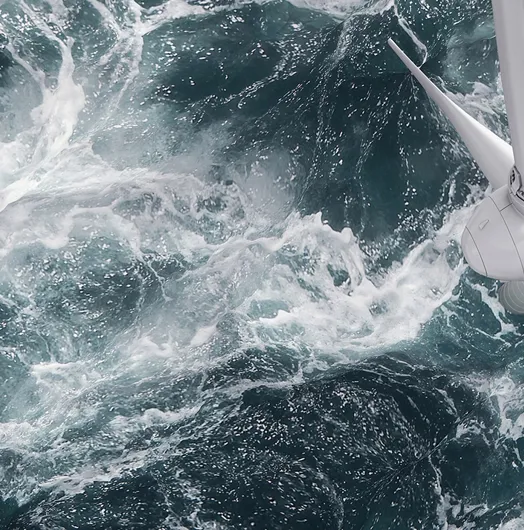In our 2022 review, we profile another remarkable year for the shipping industry, with a record breaking ClarkSea Index (up 30% y-o-y) and a maritime sector again managing wide ranging disruption from global events including the onset of the Ukraine conflict, continued impacts from the pandemic, a slowing world economy and divergent trends across the shipping sectors.
In 2022, the ClarkSea (our dayrate average for bulkers, tankers, container, gas representing 80% of all shipping capacity) surged 30% to $37,253/day, moving beyond previous highs in 2008 (unlike 2008, there was not a weak Q4 but also note if containers are stripped out 2022 was 25% below 2008). Divergent trends across the shipping sectors developed as the year progressed. The container market began the year at record levels but experienced a sharp correction in 2H as trade volumes and congestion unwound (charter rates have lagged freight declines but newbuilding deliveries are now set to pick up). Car Carrier rates hit record highs. Bulk carrier rates eased back but were more resilient in the smaller sizes with “healthy” rate levels. However “energy” shipping rates strengthened across the year with tankers (particularly mid-sized crude & products: MRs up 371% y-o-y) benefitting from the redistribution of Russian exports / European imports and the impact of direct sanctions on tonnage. Driven by an energy security focus, LNG day rates reached all-time highs (also record newbuild orders: 182 of $39bn). Dayrates for offshore rigs / OSV recovered to post-2014 highs and seem “well set”: offshore “wind” continued its exciting growth (see offshore review).
Trade Stalling…
After a Covid-19 “rebound” in 2021, seaborne trade stalled at 12bt as economic headwinds built. Again energy trade (oil up 3.9%, gas up 4.2%) diverged from “dry” (containers down 2.8%, dry bulk down 2.2%). For the moment we project overall trade growth of only 1.4% in 2023, (2.6% tonne miles), but will closely watch both the slowing world economy (see recent review) and potentially more positive ‘re-opening’ of China.
Supply Steady…
The world fleet grew 3.1% to 2.3bn dwt (world fleet value is $1.3 trillion) but, despite the exceptional cashflow, the orderbook remained flat at 225m dwt and only 10% of the fleet (lower in bulkers and tankers). After significant increases in 2021, newbuild prices edged up 5% (see shipbuilding review for regional output, capacity, record alternative fuel orders: 52% of orders). S&P volumes fell marginally (by 7% with tankers up / bulkers down). Scrap volumes fell 50% but prices were steady. We are projecting ~2% fleet growth in 2023 (and only ~1% in 2024) and also expect the impact of emissions regulation to reduce “effective supply” further through slow steaming (although we also expect congestion levels to be lower).
Watch Your Speed…
The entry into force of the IMO’s “short term measures” (EEXI, CII) is a hugely significant milestone in shipping’s decarbonisation pathway (as will the EU’s ETS from 2024). The market impact is uncertain but our modelling suggests supply side impacts: slow steaming (we are releasing new speed indices to track); additional retrofitting of ESTs; increased fleet renewal; tiering of charter markets. So another remarkable year for the shipping industry in 2022, with global disruption events again helping tighten markets. Macro-economic headwinds are a material risk for 2023 and the outlook is sector specific but there are also a number of “mitigating” factors for shipping. Happy New Year to you from Clarksons Research and all the best for 2023!




